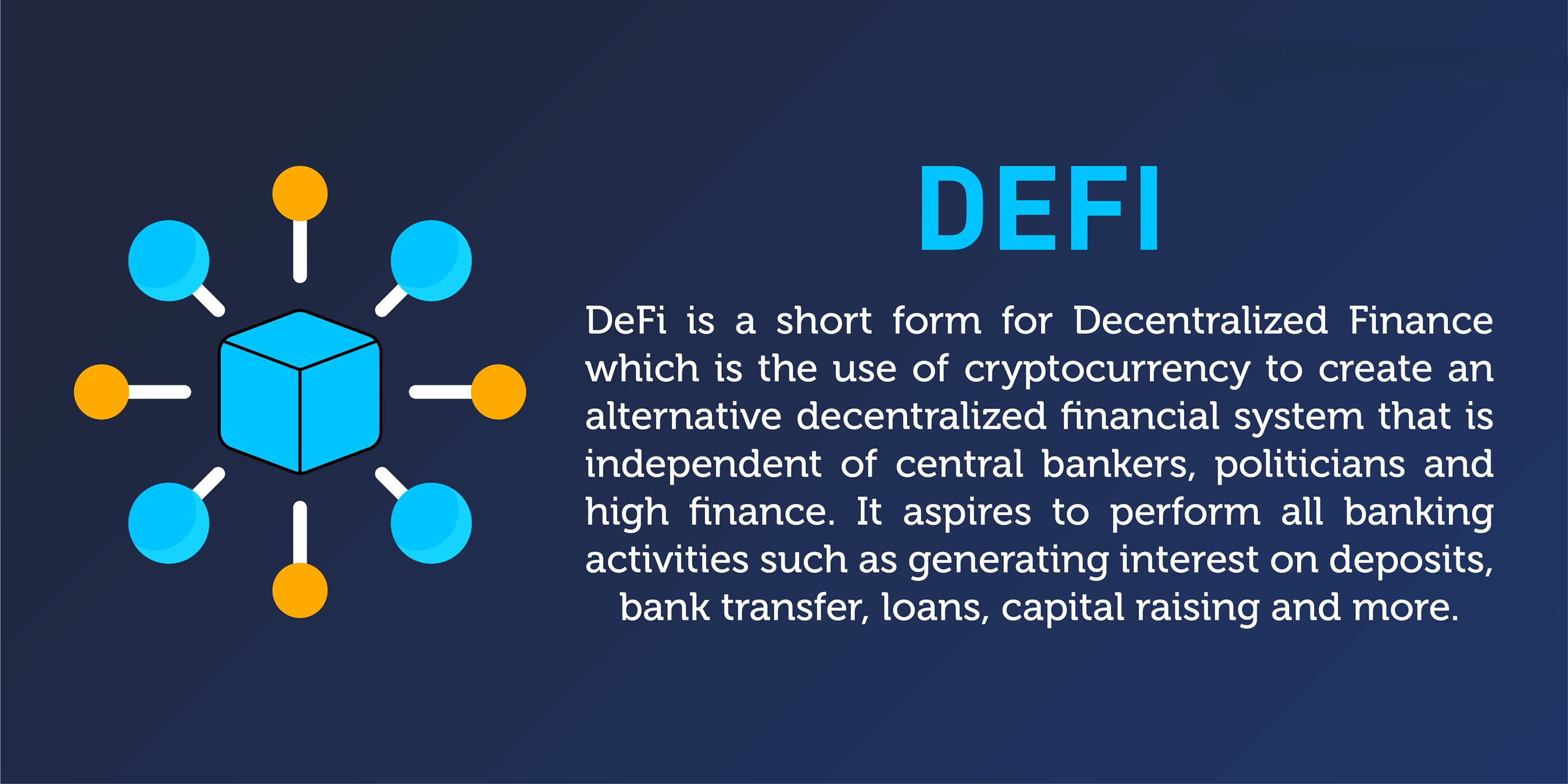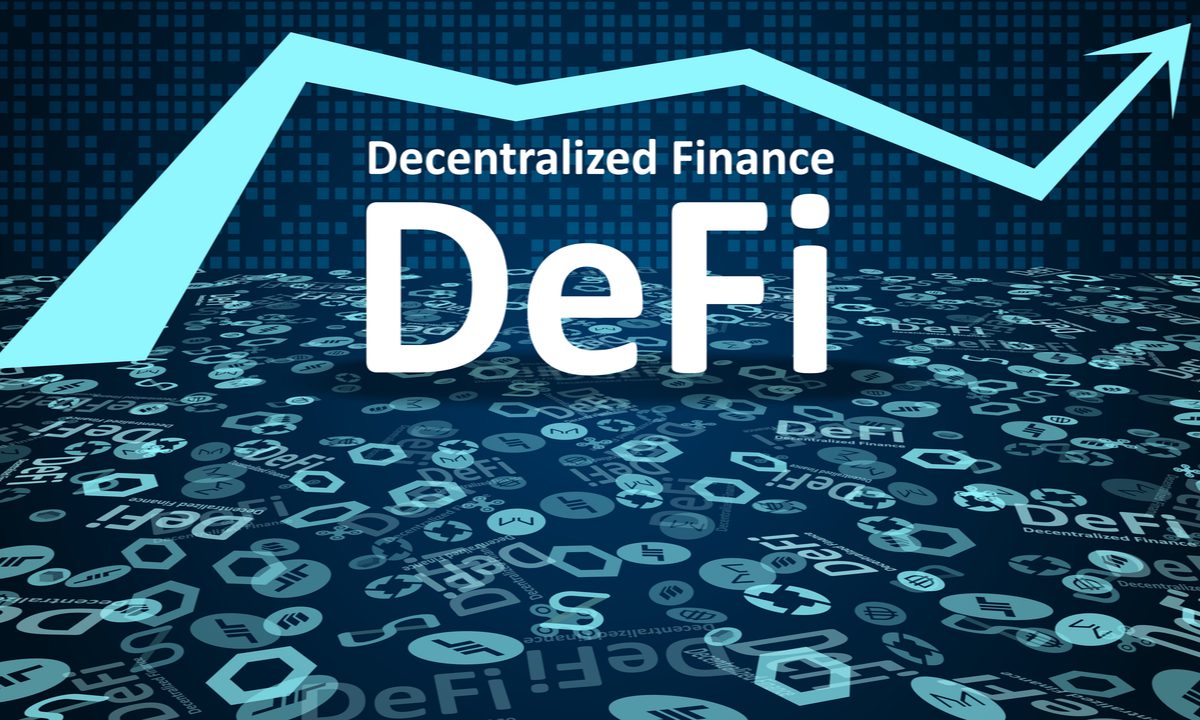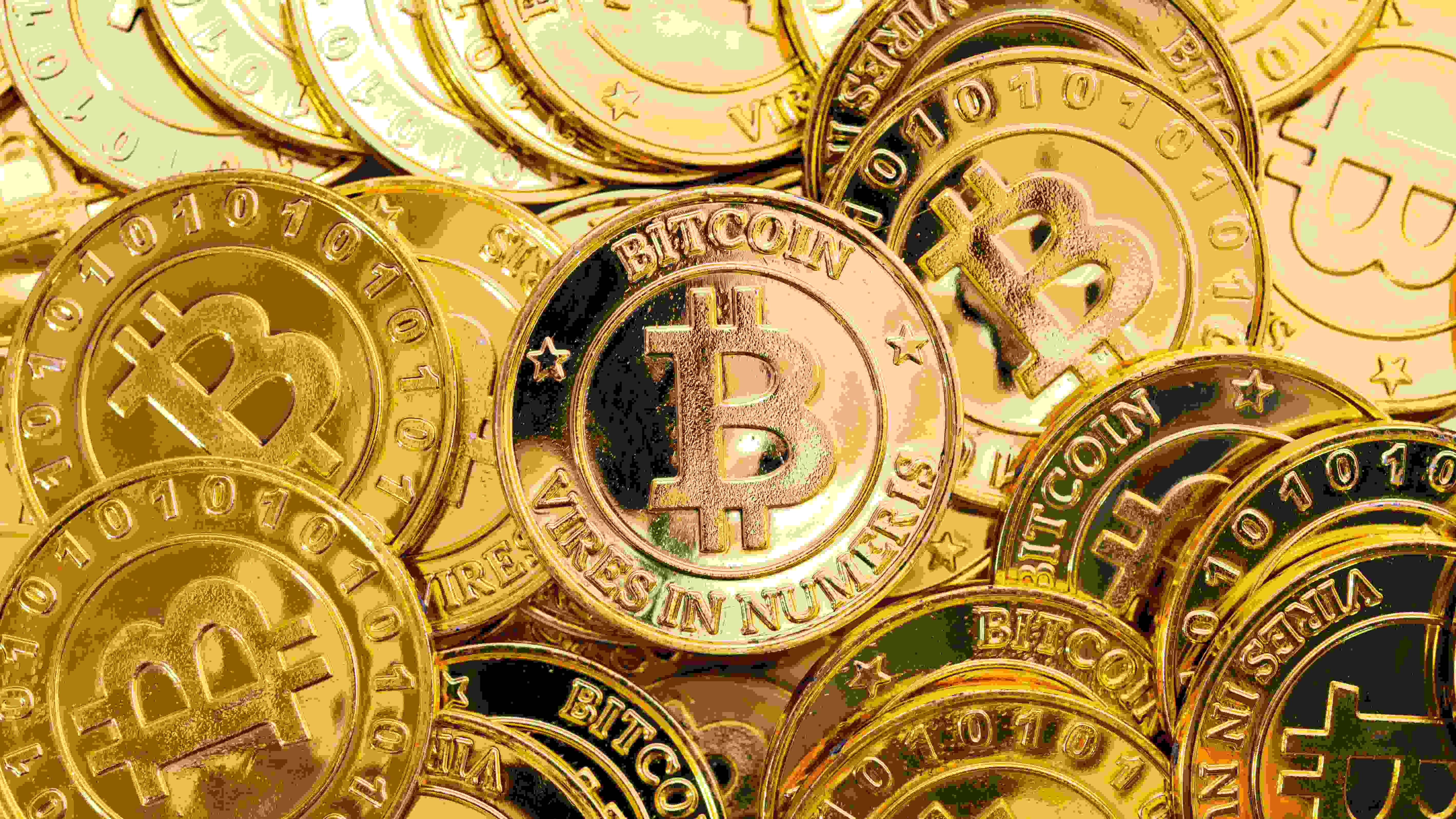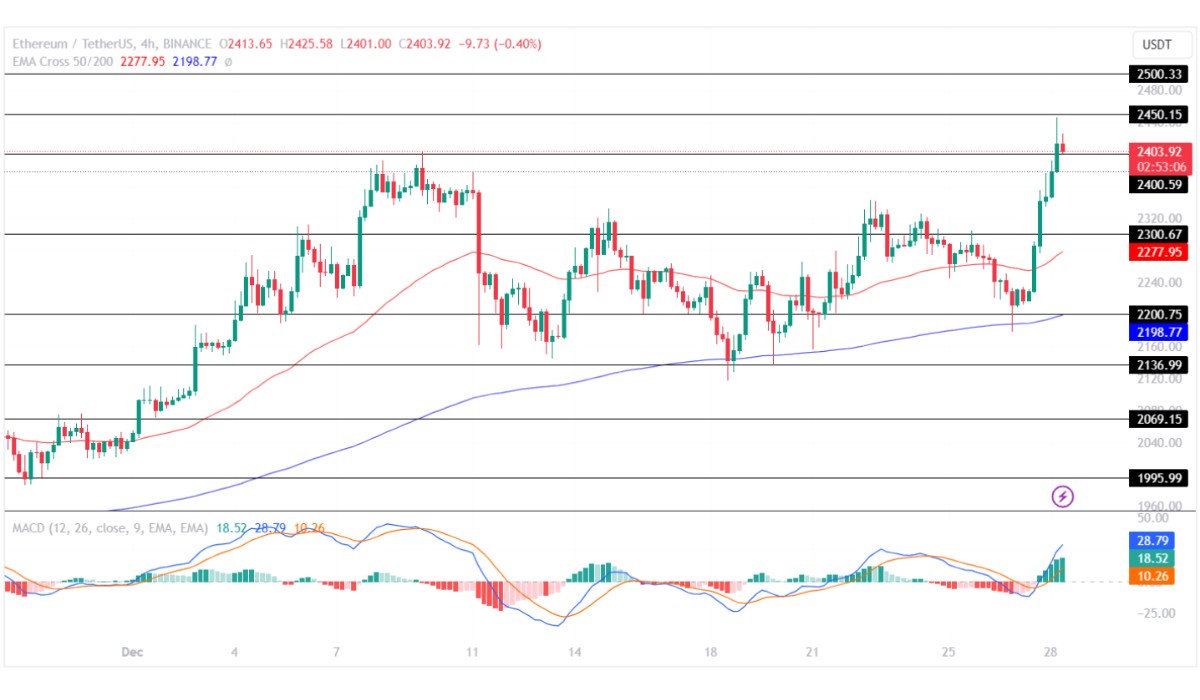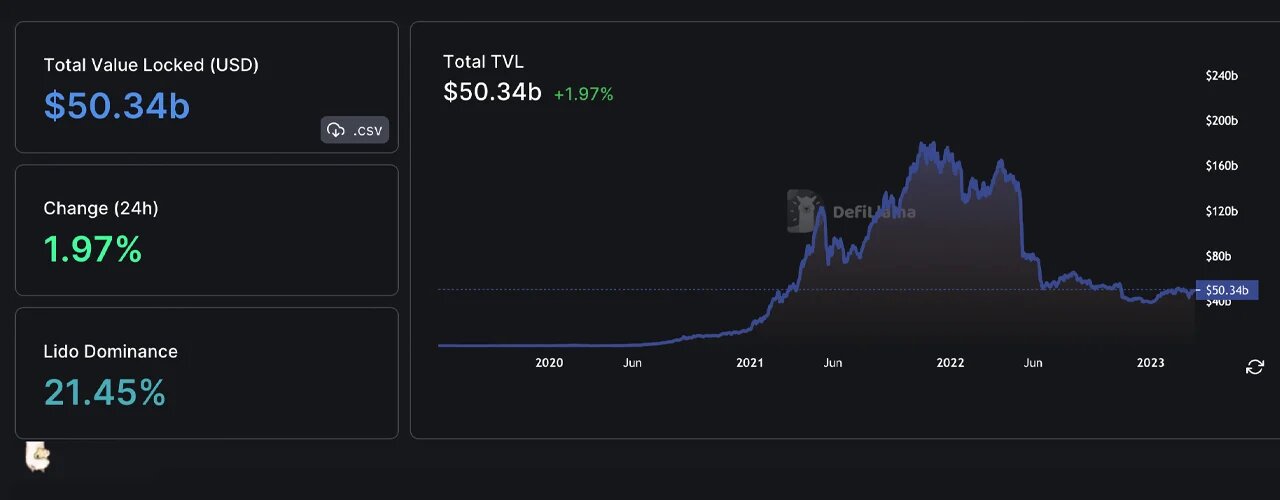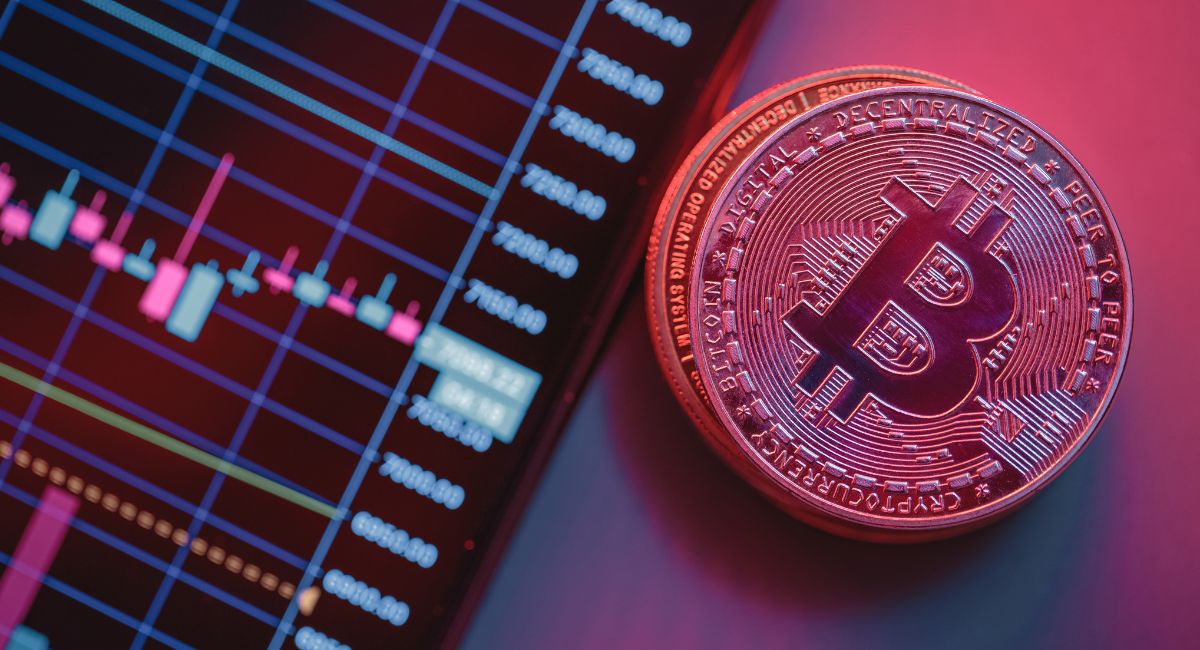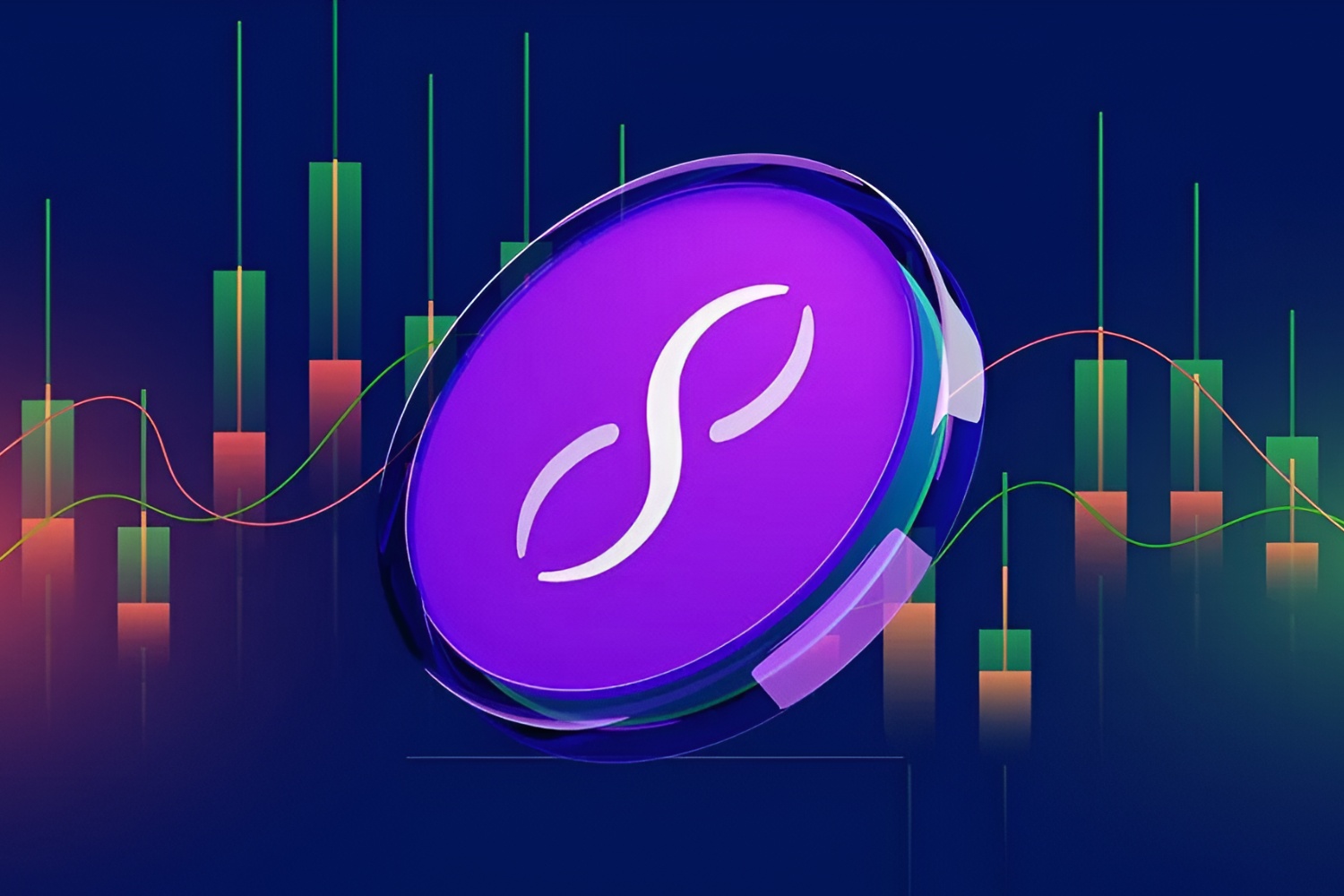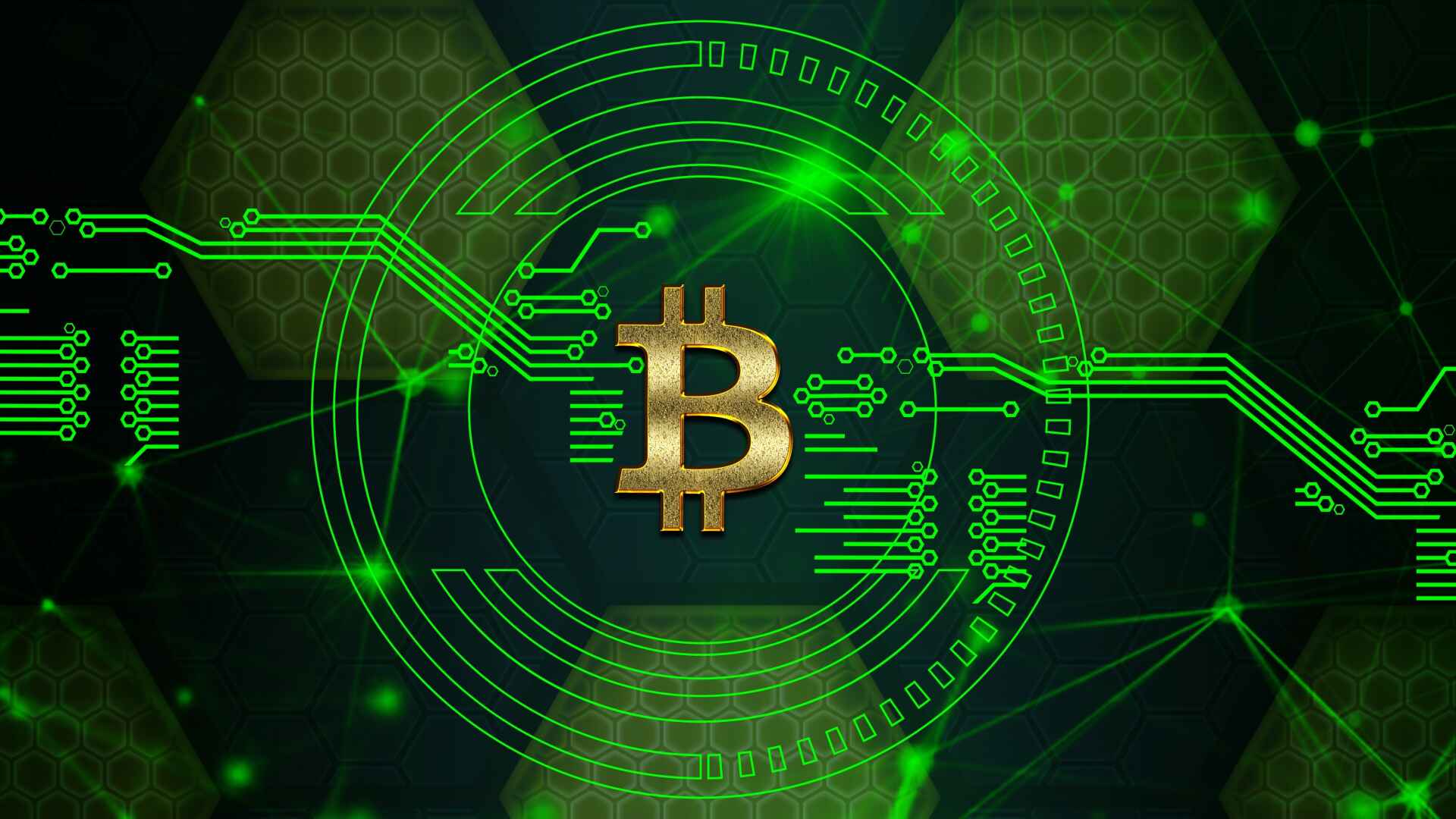Introduction
In recent years, the world of cryptocurrency has witnessed the emergence of a revolutionary concept known as DeFi, which stands for Decentralized Finance. DeFi is an exciting development that has the potential to disrupt traditional financial systems by offering an open and borderless financial ecosystem. With promises of increased financial inclusivity, transparency, and autonomy, DeFi has gained significant attention and adoption within the cryptocurrency community.
Unlike centralized financial systems that involve intermediaries such as banks or financial institutions, DeFi operates on blockchain technology and smart contracts. This eliminates the need for intermediaries, allowing users to have full control over their funds and engage in various financial activities, including lending, borrowing, trading, and investing.
The driving force behind DeFi is the concept of open-source protocols, which enable anyone to access and participate in the financial ecosystem. This means that anyone with an internet connection can utilize DeFi applications and services, regardless of their location or background. The open nature of DeFi promotes financial inclusivity and removes barriers that have traditionally restricted access to financial services.
Furthermore, DeFi offers several benefits that attract both cryptocurrency enthusiasts and traditional investors. These benefits include increased transparency, lower costs, greater security, and the potential for higher yields compared to traditional financial systems. Additionally, DeFi allows for seamless interoperability, enabling users to easily move their assets and engage in different protocols and applications within the ecosystem.
In this article, we will delve deeper into the world of DeFi, exploring its functionalities, benefits, and potential risks. We will also discuss some popular DeFi projects that are shaping the future of finance. Understanding DeFi is crucial for anyone interested in the world of cryptocurrency and the potential it holds for transforming our financial systems.
What is DeFi?
DeFi, short for Decentralized Finance, refers to a new paradigm in the world of cryptocurrency that aims to recreate traditional financial systems in a decentralized and transparent manner. Unlike traditional finance, which relies heavily on intermediaries such as banks, insurance companies, and brokers, DeFi operates on blockchain technology and smart contracts.
In DeFi, financial transactions are conducted on decentralized platforms that run on blockchain networks like Ethereum. These platforms are governed by smart contracts, which are self-executing agreements that automatically execute actions based on predefined conditions. Smart contracts ensure the transparency and immutability of transactions, eliminating the need for intermediaries.
One of the core principles of DeFi is the concept of open-source protocols. These protocols are essentially sets of rules and standards that define how different financial functions can be executed and governed. Anyone can access and utilize these protocols, enabling a permissionless and inclusive financial system.
DeFi offers a wide range of financial services that mirror those offered in traditional finance, including lending and borrowing, decentralized exchanges, stablecoins, asset management, and derivatives. Through these services, individuals can lend their digital assets to earn interest, borrow funds by collateralizing their assets, trade cryptocurrencies directly without intermediaries, and more.
What sets DeFi apart from traditional finance is its emphasis on transparency and control. In DeFi, users have complete control over their assets, as they hold their private keys and interact directly with smart contracts. This gives users the power to manage and secure their assets without relying on third parties.
Furthermore, DeFi is designed to eliminate many of the limitations and restrictions found in traditional finance. Unlike traditional financial systems that are bound by geographical boundaries and require extensive documentation, DeFi operates on a global scale and allows users to access financial services with just an internet connection.
Overall, DeFi represents a significant shift in the financial landscape, providing individuals with direct control over their assets and the ability to participate in a decentralized and inclusive financial system. Its potential to disrupt and revolutionize traditional finance has caught the attention of investors, developers, and regulators worldwide.
Benefits of DeFi
Decentralized Finance (DeFi) offers a myriad of benefits that make it an attractive alternative to traditional finance. Let’s explore some of the key advantages that DeFi brings to the table:
1. Financial Inclusivity: DeFi is built on the principle of open access, enabling anyone with an internet connection to participate in the financial ecosystem. This allows individuals who are unbanked or underbanked to access financial services, bridging the gap and promoting financial inclusion globally.
2. Transparency: Unlike traditional finance, where financial transactions and operations are often opaque and controlled by intermediaries, DeFi operates on transparent and auditable blockchain networks. This transparency provides users with verifiable proof of transactions and ensures that the system is fair and trustworthy.
3. Autonomy and Control: In DeFi, users have full control over their assets as they hold their private keys and interact directly with smart contracts. This eliminates the need for intermediaries and gives individuals the power to manage their finances independently, reducing reliance on centralized entities.
4. Lower Costs: DeFi platforms often have lower transaction fees compared to traditional financial institutions. This is because they eliminate the need for intermediaries, reducing overhead costs and eliminating additional fees that are typically associated with middlemen.
5. Open and Global Markets: DeFi platforms operate 24/7 and are accessible to users from any part of the world. This opens up new opportunities for investors to engage in global markets and access a wide range of financial instruments without the limitations of geographical boundaries.
6. Programmability and Innovation: DeFi platforms are built on programmable smart contracts, enabling developers to create and deploy new financial applications and experiments. This fosters continuous innovation, leading to the development of new and innovative financial products and services.
7. High Yield Opportunities: DeFi protocols offer various ways to earn attractive yields on digital assets. Users can participate in liquidity pools, lending platforms, or yield farming to earn interest or rewards, potentially generating higher returns compared to traditional financial instruments.
8. Security: DeFi platforms leverage the security features of blockchain technology, making them resilient to hacks and fraud. Smart contracts are securely coded, and the transparency of the blockchain provides an additional layer of security by allowing users to track and verify their transactions.
It is important to note that while DeFi offers numerous advantages, it is still an evolving space with its own set of risks and challenges. Understanding these risks and conducting thorough research is crucial before engaging in any DeFi activities. Nonetheless, the potential benefits that DeFi brings to the financial landscape make it an exciting and promising avenue for both cryptocurrency enthusiasts and traditional investors alike.
How DeFi Works
DeFi, short for Decentralized Finance, operates on blockchain networks and utilizes smart contracts to provide a decentralized and transparent financial ecosystem. Let’s take a closer look at how DeFi works:
1. Blockchain Technology: DeFi platforms are built on blockchain networks like Ethereum, which act as a decentralized ledger. Transactions and data are recorded and verified by a network of computers, ensuring security and immutability.
2. Smart Contracts: DeFi platforms use smart contracts, which are self-executing agreements that automatically execute predefined actions once certain conditions are met. These contracts eliminate the need for intermediaries and ensure the fair and transparent execution of transactions.
3. Decentralized Applications (DApps): DeFi applications, known as DApps, are built on top of blockchain networks and utilize smart contracts for their operations. These DApps provide a wide range of financial services, including lending, borrowing, decentralized exchanges, yield farming, and more.
4. Lending and Borrowing: DeFi platforms allow users to lend and borrow digital assets directly from other users, eliminating the need for banks or lending institutions. Users can earn interest on their idle assets by lending them out, while borrowers can collateralize their assets to borrow funds.
5. Decentralized Exchanges (DEXs): DeFi also includes decentralized exchanges, which enable users to trade cryptocurrencies directly with each other using smart contracts. This eliminates the need for a central authority to facilitate trades, providing users with greater privacy and control over their assets.
6. Stablecoins: Stablecoins are another important aspect of DeFi. These are cryptocurrencies designed to maintain a stable value, usually pegged to a fiat currency like the US dollar. Stablecoins provide stability and serve as a gateway between traditional finance and the DeFi ecosystem.
7. Yield Farming: Yield farming refers to the process of leveraging various DeFi protocols to maximize returns on digital assets. Users can provide liquidity to decentralized exchanges or lending platforms and earn rewards, often in the form of additional tokens or fees generated by the protocol.
8. Interoperability: DeFi platforms are designed to be interoperable, allowing users to seamlessly move their assets and engage with different protocols within the ecosystem. This allows users to take advantage of various DeFi services and diversify their investment strategies.
9. Community Governance: Many DeFi protocols are governed by community-driven governance models. Token holders can participate in decision-making processes by voting on proposals and shaping the direction of the protocol.
Overall, DeFi represents a new era of decentralized finance, offering individuals greater control over their financial activities and access to a wider range of financial services. By leveraging blockchain technology and smart contracts, DeFi aims to create a more inclusive, transparent, and efficient global financial system.
Popular DeFi Projects
The world of Decentralized Finance (DeFi) is teeming with a vast array of innovative projects that are reshaping the financial landscape. Let’s explore some of the most popular DeFi projects that have gained significant traction and recognition:
1. Uniswap: Uniswap is a decentralized exchange (DEX) that operates on the Ethereum blockchain. It allows users to trade ERC-20 tokens directly from their wallets using liquidity pools, where users can provide liquidity and earn fees. Uniswap’s simple and user-friendly interface has made it one of the most widely used DEXs in the DeFi ecosystem.
2. Compound: Compound is a lending and borrowing protocol that enables users to lend their assets and earn interest or borrow assets by collateralizing their existing holdings. It operates on an algorithmic interest rate model, with interest rates determined by supply and demand dynamics. Compound has gained popularity due to its transparent and efficient lending and borrowing services.
3. Aave: Aave is another prominent lending and borrowing protocol in the DeFi space. It allows users to deposit their assets into liquidity pools and earn interest or borrow assets by using their deposited collateral. Aave stands out for its unique features, such as flash loans, which enable users to borrow funds without collateral for a single transaction.
4. MakerDAO: MakerDAO is the protocol behind the stablecoin Dai. It operates on the Ethereum blockchain and uses a system of smart contracts to maintain the price stability of Dai. Users can lock up their assets as collateral and generate Dai as a loan, ensuring that the value of Dai remains pegged to the US dollar.
5. Synthetix: Synthetix is a protocol that enables the creation and trading of synthetic assets, known as Synths, which mirror the value of real-world assets like stocks, commodities, and fiat currencies. Users can stake their SNX tokens as collateral and mint Synths, allowing for exposure to a wide range of assets without holding the underlying physical assets.
6. Yearn.finance: Yearn.finance is an aggregator of various DeFi protocols that aims to optimize yield farming strategies. It automatically moves funds between different lending platforms to maximize returns for users. Yearn.finance has gained popularity for its ability to simplify and automate the process of earning yield on digital assets.
7. Balancer: Balancer is an automated portfolio manager and liquidity provider that allows users to create and manage their own liquidity pools with multiple tokens and customized weights. Balancer enables users to create diversified portfolios and earn fees from trading activities within their pools.
These projects represent just a fraction of the vibrant DeFi ecosystem, which is constantly evolving and expanding. It is important to conduct thorough research, understand the risks involved, and seek expert advice before engaging with any DeFi project. As the popularity of DeFi continues to grow, new projects and innovations are expected to emerge, further revolutionizing the way we interact with and participate in the global financial system.
Risks and Challenges in DeFi
While Decentralized Finance (DeFi) brings numerous benefits and opportunities, it also comes with its own set of risks and challenges. Understanding these risks is crucial for users and investors in the DeFi ecosystem. Let’s explore some of the key risks and challenges in DeFi:
1. Smart Contract Vulnerabilities: Smart contracts, the backbone of DeFi, are not immune to bugs or vulnerabilities. If a smart contract contains a flaw, it can be exploited by attackers, leading to financial loss or manipulation of funds. Audits and security assessments are critical to minimizing such risks, but they cannot guarantee absolute security.
2. Liquidity Risk: DeFi protocols rely on liquidity providers to enable various services. If liquidity providers withdraw their funds from a protocol, it can lead to a liquidity shortage, affecting the functioning and stability of the platform. Sudden liquidity crises can cause price slippage and potential losses for users.
3. Regulatory Uncertainty: DeFi operates in a rapidly evolving regulatory landscape. Unclear or inconsistent regulations pose a challenge for DeFi projects and users. Regulatory actions or restrictions imposed on DeFi can impact its growth and adoption, leading to compliance challenges for participants.
4. Market Volatility: The cryptocurrency market is known for its high volatility. Price fluctuations in digital assets can impact the value of collateral or the stability of lending and borrowing platforms. Users need to be aware of the potential risks associated with market volatility when engaging in DeFi activities.
5. Impermanent Loss: Impermanent loss occurs when the value of deposited assets fluctuates significantly compared to holding them. This poses a risk for liquidity providers in DeFi protocols, as they may incur losses when withdrawing assets due to unexpected price movements.
6. Oracles and Data Feeds: DeFi platforms often rely on oracles to obtain real-world data for decision-making or executing smart contract transactions. Inaccurate or manipulated data fed into smart contracts can lead to incorrect calculations or malicious activities, impacting the reliability and security of the platform.
7. User Error and Scams: DeFi platforms often require users to manage their own private keys and interact directly with smart contracts. User error, such as sending funds to the wrong address or falling victim to scams, can result in irreversible losses. It is crucial for users to exercise caution and maintain good security practices.
8. Scaling and User Experience: DeFi is still in its early stages, and scalability remains a significant challenge. As DeFi gains more traction, congestion on the blockchain networks can lead to higher transaction fees and slower transaction times. Improving scalability and providing a seamless user experience are ongoing challenges in DeFi.
It is important for participants in the DeFi ecosystem to be aware of these risks and undertake due diligence before engaging in any activities. Proper research, risk assessment, and staying updated with the latest developments and best practices are key to navigating the challenges and enjoying the benefits that DeFi has to offer.
Regulation and Security in DeFi
As Decentralized Finance (DeFi) continues to gain popularity and mainstream attention, regulators worldwide are grappling with how to address this emerging industry. Let’s explore the current state of regulation and security in DeFi:
1. Regulatory Landscape: DeFi operates on blockchain technology and often involves decentralized platforms, making it challenging for regulators to apply existing frameworks. The regulatory landscape for DeFi varies significantly across jurisdictions, with some countries taking a more progressive approach, while others are still exploring how to regulate this space.
2. Compliance Challenges: DeFi projects and users face compliance challenges due to uncertainty in regulations. This includes Anti-Money Laundering (AML) and Know Your Customer (KYC) requirements, which are designed to prevent illicit activities but may clash with the decentralized and pseudonymous nature of DeFi.
3. Security Audits: Security is a critical aspect of the DeFi ecosystem. Projects are encouraged to conduct security audits and employ best practices to minimize risks. However, the decentralized nature of DeFi means that security audits cannot guarantee absolute security. Users must exercise caution and conduct their own due diligence when interacting with DeFi platforms.
4. Insurance: Some DeFi platforms offer insurance solutions to mitigate the risks associated with smart contract vulnerabilities or hacks. Insurance protocols provide coverage against potential losses, providing users with an additional layer of protection. However, the availability and scope of insurance in DeFi are still relatively limited.
5. Regulatory Intervention: As DeFi continues to grow, regulators are showing a greater interest in understanding and regulating this space. Some regulators have started to explore ways to apply existing regulations to DeFi or develop new regulatory frameworks. However, striking the balance between protecting investors and fostering innovation remains a challenge.
6. Self-Regulation and Governance: Many DeFi protocols operate under community-governed models, where token holders participate in decision-making processes. This self-regulatory approach allows the community to set standards, enforce security measures, and address governance concerns. However, care must be taken to ensure effective and transparent governance in these decentralized ecosystems.
7. Continued Innovation: Security and regulatory challenges in DeFi have prompted developers and projects to innovate and find solutions. Ongoing research and development efforts focus on enhancing security protocols, improving auditing practices, and exploring decentralized identities to address concerns related to security and compliance.
It is important for participants in DeFi to stay informed about regulatory developments and adhere to any applicable guidelines. Understanding the risks and conducting thorough research before engaging with DeFi platforms is essential. Additionally, stakeholders in the DeFi ecosystem should collaborate with regulators and work towards establishing a regulatory framework that fosters innovation while protecting the interests of users and investors.
Conclusion
Decentralized Finance (DeFi) is reshaping the financial industry by offering a decentralized, transparent, and inclusive ecosystem. With its open-source protocols and blockchain technology, DeFi provides individuals with greater control over their finances and the ability to access a wide range of financial services without the need for intermediaries.
The benefits of DeFi are becoming increasingly evident as more users and investors recognize the potential it holds. From increased financial inclusivity and lower costs to improved transparency and autonomy, DeFi offers a compelling alternative to traditional financial systems.
However, it is important to acknowledge the risks and challenges associated with DeFi, such as smart contract vulnerabilities, market volatility, and regulatory uncertainty. Users must exercise caution, conduct thorough research, and stay informed about best practices to mitigate these risks.
Regulation and security are key considerations as DeFi continues to evolve. Regulators worldwide are exploring ways to address the unique characteristics of DeFi while ensuring consumer protection and compliance. The industry is also working on enhancing security measures, conducting audits, and developing innovative solutions to prevent vulnerabilities and protect users’ funds.
Despite the challenges, DeFi continues to experience rapid growth and innovation. The emergence of popular projects such as Uniswap, Compound, and MakerDAO demonstrates the potential of DeFi to revolutionize traditional finance and unlock new financial opportunities.
As the DeFi ecosystem expands, it is crucial for participants to stay educated and adapt to the evolving landscape. By embracing the benefits, understanding the risks, and actively contributing to discussions on regulation and security, stakeholders can help shape the future of DeFi in a way that benefits all participants.
In summary, DeFi offers a glimpse into a future of decentralized, accessible, and efficient financial services. By leveraging blockchain technology and empowering individuals with control over their assets, DeFi has the potential to transform the global financial landscape, driving financial inclusion and innovation for years to come.







